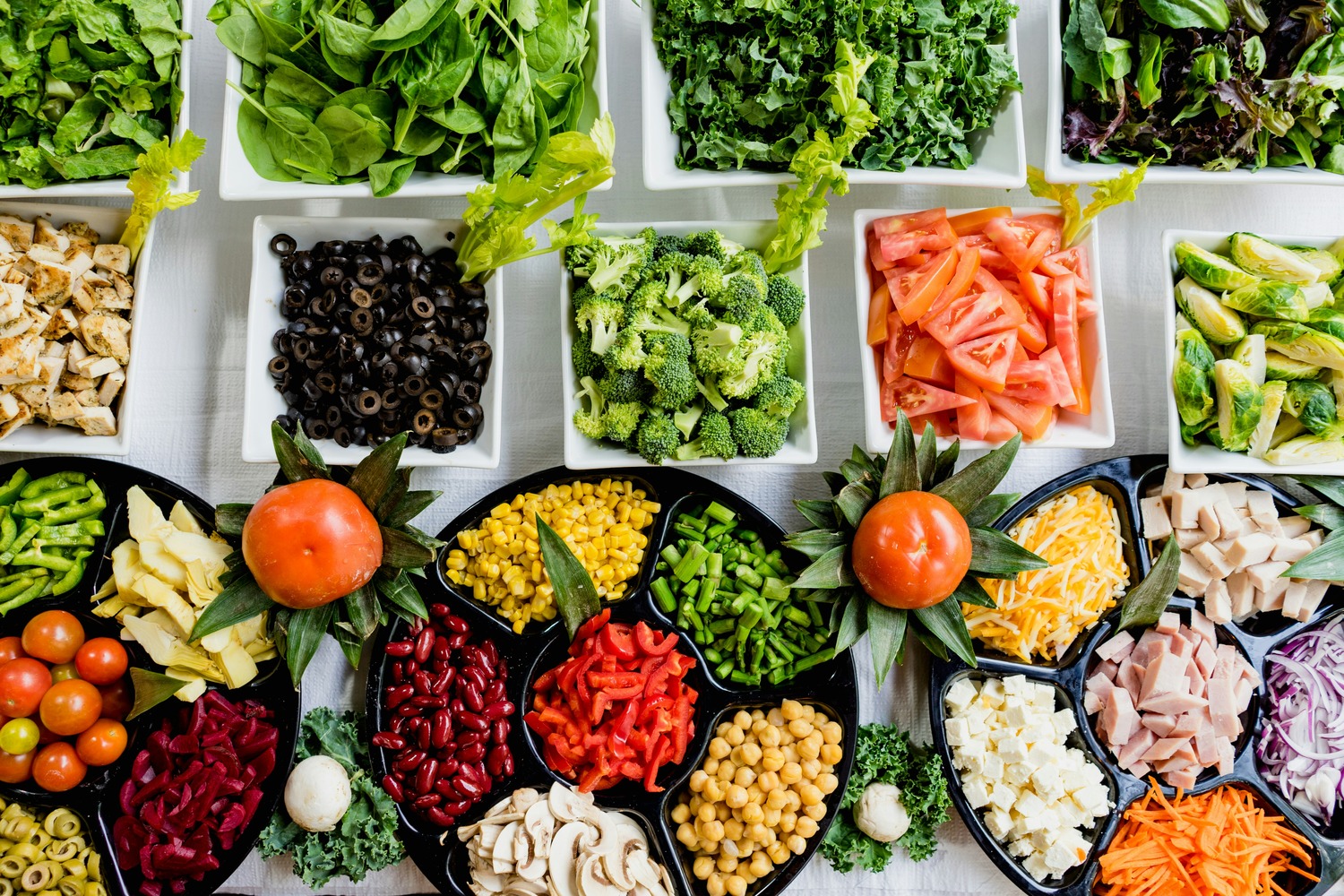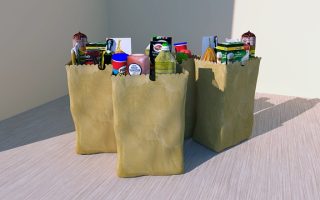
Once upon a time, consumers trusted that the food on their table was safe, nutritious, and properly inspected. But those days feel like a distant memory. Today’s food supply chain is vast, complex, and disturbingly vulnerable to contamination, shortcuts, and oversight failures.
From contaminated produce to mislabeled meats and chemical-laden additives, it’s increasingly clear that real quality control is slipping through the cracks, and the consequences are showing up in our bodies. Here are seven shocking reasons why food quality control has eroded and how it’s quietly affecting your health more than you realize.
Why Our Food Quality Has Declined
1. Regulatory Agencies Are Understaffed and Underfunded
The FDA and USDA are supposed to act as gatekeepers for food safety in the U.S., but their resources haven’t kept up with the demands of a modern, globalized food system.
According to Government Accountability Office reports, the FDA is tasked with monitoring more than 80% of the U.S. food supply, yet its food inspection budget pales in comparison to its pharmaceutical oversight spending. The USDA’s resources are similarly stretched thin, especially in rural processing facilities.
As a result, inspections are infrequent, oversight is inconsistent, and violations often go unchecked until there’s a full-blown recall or, worse, a widespread outbreak.
2. The Rise of Globalized, Complex Supply Chains
A century ago, most food was local. Today, your spinach may come from California, your salmon from Chile, and your spices from India, all before reaching your plate. While globalization has increased variety and reduced prices, it has exponentially increased risk. Every additional link in the supply chain introduces a new opportunity for contamination, mislabeling, or fraud.
In many cases, raw ingredients pass through multiple handlers, processors, and borders, none of which are subject to uniform safety standards. Traceability is poor, and when something goes wrong, it can take weeks to track the source of contamination.
3. Food Industry Lobbying Has Weakened Safety Standards
Behind the scenes, powerful food industry lobbyists are pushing to relax safety regulations and limit government oversight—all in the name of profit. Whether it’s fighting against clearer food labeling, slowing the rollout of new inspection technology, or resisting stronger pesticide restrictions, corporate interests often win. Unfortunately, consumers lose.
One glaring example: Many additives banned in Europe due to health concerns are still approved for use in the U.S., thanks in part to intense lobbying from processed food giants.
4. Dangerous Additives Are Hiding in Plain Sight
We assume that if something is on a food label, it’s been vetted for safety. But many chemicals and additives fall into a loophole known as GRAS, aka “Generally Recognized As Safe.” Here’s the shocking part: companies can self-certify ingredients as GRAS without rigorous testing or FDA approval. That means thousands of preservatives, emulsifiers, dyes, and flavor enhancers in your food may never have been independently reviewed.
Over time, the cumulative impact of these additives, especially ultra-processed ones, can strain your metabolism, disrupt hormones, and trigger inflammatory responses.
5. Food Recalls Are More Frequent And Often Too Late
In the last two decades, food recalls in the U.S. have skyrocketed. From contaminated lettuce to salmonella-infected peanut butter, the news is filled with dangerous outbreaks. But by the time a recall is issued, the affected product has often been on store shelves for weeks and, in many cases, already consumed. Worse, many smaller recalls go unnoticed because they’re not widely publicized.
Even when the system works, it’s often reactive rather than proactive. Without robust traceability, many contaminated items never get identified at all.

6. Industrial Farming Is Breeding Contamination
Modern industrial farming practices prioritize speed and output, often at the expense of hygiene and animal welfare. Crowded conditions, overuse of antibiotics, and fast processing lines have become standard, particularly in meat and poultry operations.
These environments are ripe for bacterial contamination, from E. coli and listeria to campylobacter and salmonella. When meat from thousands of animals is processed together, even a single infected carcass can contaminate an entire batch. Plus, the widespread use of antibiotics in livestock isn’t just fueling superbugs. It’s also leaving residues in the meat we eat.
7. Food Workers Are Overworked, Underpaid, and Ignored
Behind every step of your food’s journey are workers, often migrants or low-wage employees, who are responsible for harvesting, packing, processing, and preparing what ends up on your plate.
Many of these workers are subjected to poor conditions, minimal training, and intense productivity pressures. In meatpacking facilities, for example, lines move so fast that workers may not even have time to wash their hands or properly sanitize equipment between tasks. Without proper support or incentives for quality, human error becomes more common and more dangerous.
So, What Can You Do About It?
While it may feel like the system is broken beyond repair, there are still powerful ways you can protect yourself and your family:
Buy local and seasonal when possible. Smaller farms tend to have more transparent practices.
Read labels carefully and avoid ultra-processed foods with long ingredient lists.
Support legislation that strengthens food safety regulations and opposes corporate rollbacks.
Get to know your food sources, whether it’s your butcher, CSA, or farmers’ market.
Follow food safety practices at home, like washing produce, cooking meat to safe temperatures, and avoiding cross-contamination.
Change starts with informed consumers demanding better, not just for ourselves but for the generations to come.
Have you noticed a decline in food quality or safety over the years? What steps are you taking to protect yourself, or what changes do you wish you’d see in the industry?
Read More:
9 Alarming Facts Lurking Behind the Seafood Counter at Your Neighborhood Supermarket
10 Food Items That You Should Never Eat At A Brunch Restaraunt

Riley Jones is an Arizona native with over nine years of writing experience. From personal finance to travel to digital marketing to pop culture. When she’s not writing, she’s spending her time outside, reading, or cuddling with her two corgis.






Comments